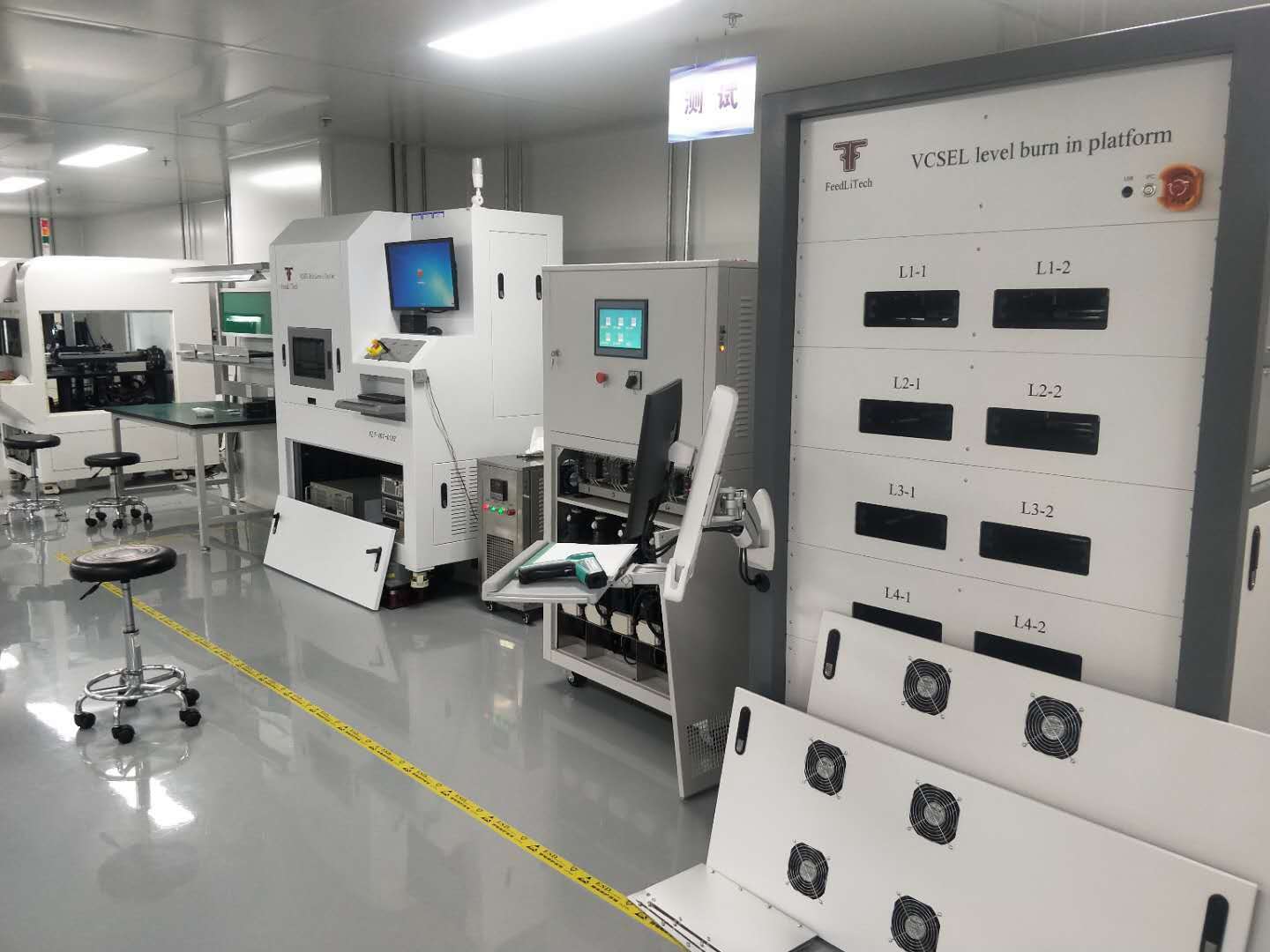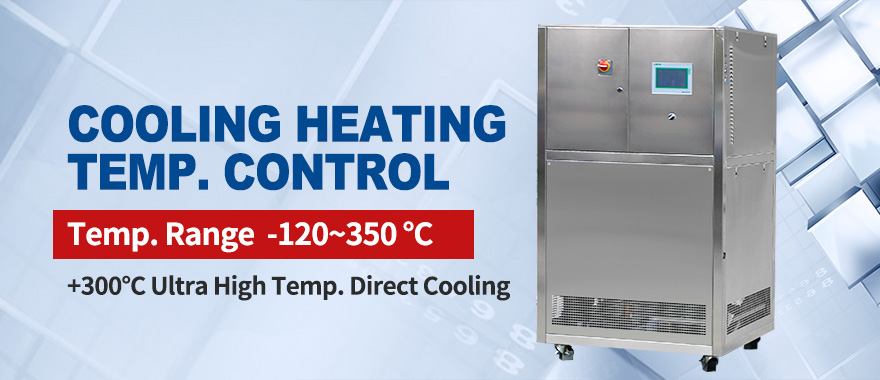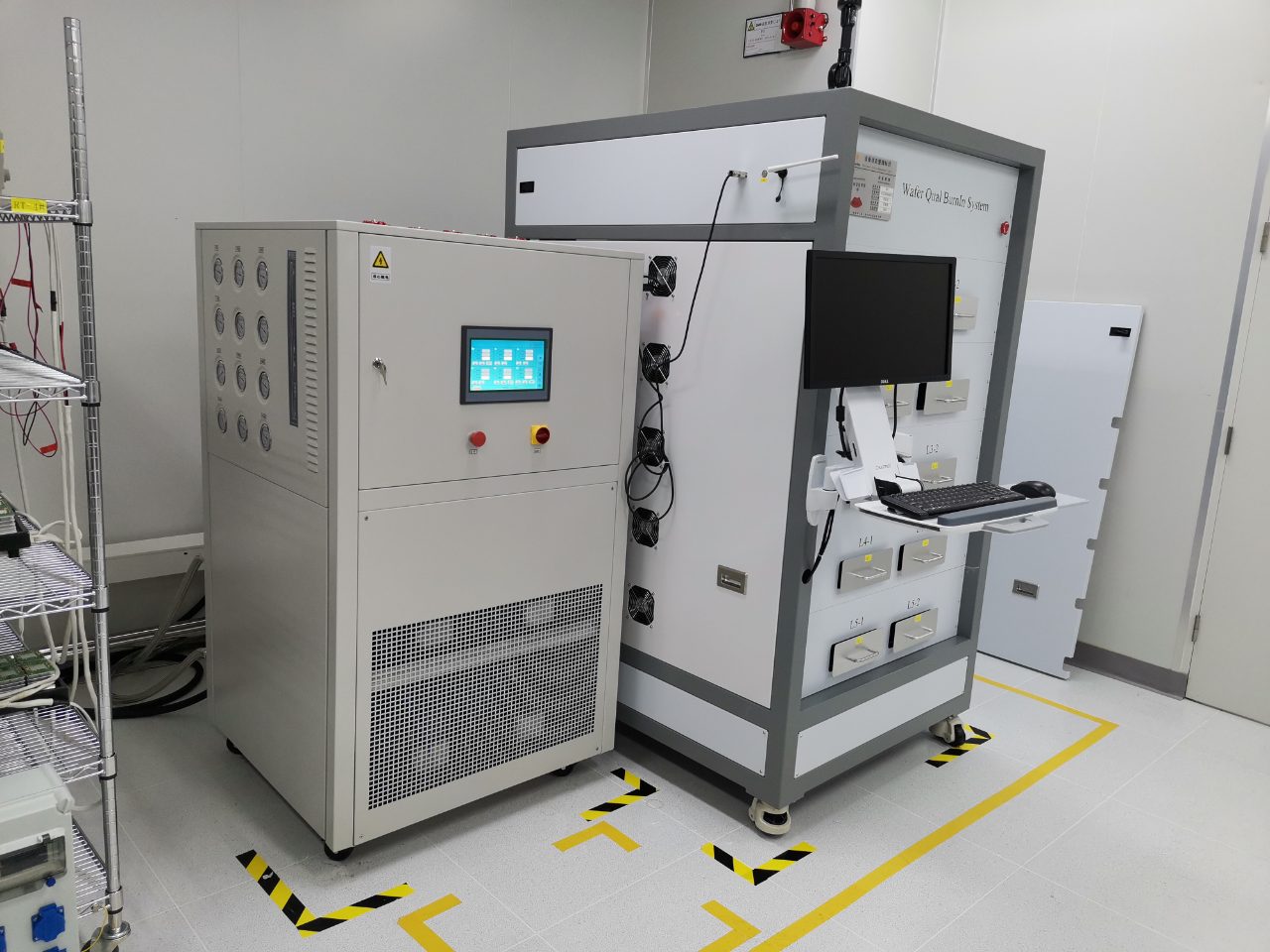What is VCSEL in the chip Burn-in Test? What effect does temperature have on it?
The full name of VCSEL is Vertical-cavity Surface-emitting Laser, the Chinese name is vertical cavity surface emitting laser. It is a kind of semiconductor laser.
Semiconductor lasers are lasers manufactured using semiconductor manufacturing technology. Like all semiconductor-manufactured devices, semiconductor lasers have smaller size, lighter weight, lower power consumption, higher reliability, and longer lifespan than solid, gas, and liquid lasers. Features. Semiconductor lasers are divided into edge emitting lasers (EEL) and vertical cavity surface emitting lasers (VCSEL) according to their laser chip structures.
Temperature has a significant effect on the threshold current of the laser. Similarly, the output characteristics of the laser vary significantly with temperature. Therefore, temperature is one of the important considerations when designing laser control circuits.
The increase in temperature has a significant adverse effect on the performance of the laser. The main performance is as follows: 1) The threshold current of the laser increases significantly as the temperature increases; 2) The higher the temperature, the smaller the modulation bandwidth of the laser, the lower the center frequency of the modulation, and the lower the output optical power; 3) For the same For pulse modulation, the higher the temperature, the lower the output power of the laser, and the longer the delay time; 4) The higher the temperature, the greater the transient chirp of the laser. By introducing the temperature factor in the rate equation, the effect of temperature on the output characteristics and modulation characteristics of the laser is simulated, and it can be seen that the temperature change will have a significant impact on the characteristics of the laser.
The manufacturing process of VCSEL is very complicated, especially relying on MOCVD (metal organic vapor deposition) process. Mark McKee, director of product marketing at Veeco, said: “The development of VCSEL technology requires the purchase of more metal organic chemical vapor deposition (MOCVD) systems to ensure that the manufacturing capacity accelerates to keep up with the demand of lidar systems. The question now is how to achieve the highest performance And the highest yield to meet market demand. And this needs to be based on industry-leading MOCVD technology. “
It can be seen that the importance of MOCVD technology for the development of VCSEL. So, what is MOCVD? MOCVD is a new technology proposed by manasevit et al. Of Rockwell Corporation in 1968 to prepare chemical single-crystal thin films, and was put into practical use in the early 1980s. From a definition point of view, MOCVD is a new type of vapor phase epitaxy technology developed on the basis of vapor phase epitaxy (VPE).
In metal organic chemical vapor deposition (MOCVD) technology, the reaction gases are combined in the reactor at an elevated temperature to cause chemical interactions and deposit the material on the substrate. In MOCVD, ultrapure gas is injected into the reactor and finely metered to deposit a very thin atomic layer onto the semiconductor wafer. The surface reaction of organic compounds or metal organics and hydrides containing the desired chemical elements creates conditions for crystal growth, forming the epitaxy of materials and compound semiconductors. Unlike conventional silicon semiconductors, these semiconductors may contain elements that combine Group III and Group V, Group II and Group VI, Group IV or Group IV, and Group V and VI.
After nearly 20 years of rapid development, MOCVD has become one of the key technologies for the preparation of semiconductor materials. Widely used in the preparation of various thin film materials including semiconductor devices, optical devices, gas sensing elements, superconducting thin film materials, ferroelectric / ferromagnetic thin films, high dielectric materials, etc.
According to Wikipedia data, reactors performing MOCVD must withstand high temperatures. The reaction chamber is composed of the reactor wall, liner, base, gas injection unit and temperature control unit. Generally, the reactor wall is made of stainless steel or quartz. Ceramic or special glass, such as quartz, is commonly used as a lining in the reaction chamber between the reactor wall and the base. To prevent overheating, cooling water must flow through the channels in the reactor wall. The substrate is located on a controlled temperature base. The susceptor is made of materials resistant to the metal organic compounds used.
The MOCVD reactor mentioned here needs to withstand high temperature, and in order to prevent the reactor wall from overheating, and requires cooling water to cool, the temperature control unit is very important. Similarly, temperature also has an effect on VCSEL. The SUNDI series cooling and heating system independently developed and developed by LNEYA can control the temperature range from -120 ℃ to 350 ℃. The cooling and heating cycles are carried out. For the high-power operation procedures, the SUNDI series dynamic temperature control system is undoubtedly a good choice.
(The content of this article is an excerpt from a web article. If you have any questions, please contact us!)
 Industrial Chillers Manufacturer Supplier - LNEYA
Industrial Chillers Manufacturer Supplier - LNEYA











